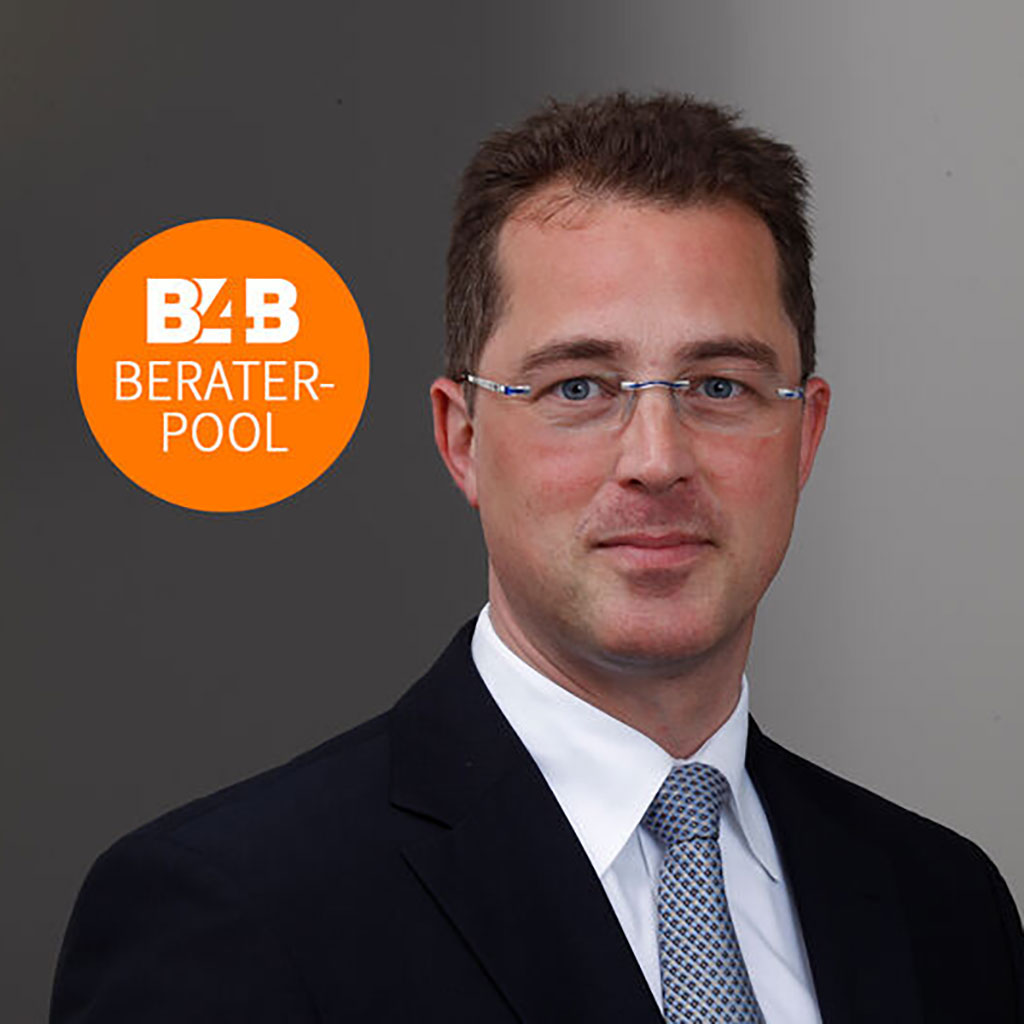2)The distinctive character, i.e. the suitability of the trademark to distinguish the goods or services marked with it from those of other companies.
The need to keep the mark free, i.e. whether the use of the mark must also remain free for competitors.
In particular, this is to ensure that no designations are registered as a trademark which describe the goods or services identified with it.
Protectability of the trademark with additional regional names
The assessment of trademarks containing place names such as the names of regions, cities, rivers, etc. is also based on this. As a rule, it is assumed that the reference to the place is a descriptive indication for the place where, for example, the goods are produced or the services are rendered. In this respect, the addition of regional names such as “Schwaben” or “Lechfeld” does not generally help the trademark to be protectable. This is particularly the case if the further elements of the trademark are also not registrable. An example of this is when the further elements of the trademark are descriptive of the desired goods and services.
Exceptions
As usual, there are exceptions. For example, the German trademark “Stadtwerke Augsburg” could be protected for typical goods and services of municipal utilities mainly with the argument that the targeted customer groups assume that there is only one municipal utility in each city, which ensures the public supply of energy, water, gas, etc. and is usually – but not necessarily – also publicly owned.
This is also partly the case with university names; for example, “Ruhr Universität Bochum” could be protected as a German trademark, although all individual components as well as the overall trademark refer to a university in the Ruhr region in Bochum. The same applies to “Universität Trier”. However, the registration practice of the German Patent and Trademark Office and the European Intellectual Property Office, which is responsible for European Union trademarks, is inconsistent here. The German and EU trademark applications “Universität Würzburg” and “Universitat on-line de Catalunya” were not considered eligible for protection by the respective offices. However, “Universität Trier,” “Universität Luxemburg,” or “Universität Heidelberg” were considered eligible for protection by the German or European Office, respectively.
Individual cases are examined
These examples also show that trademark registration practice is often highly dependent on individual cases and is shaped by the constantly changing case law of the supreme courts. In addition to the Federal Court of Justice, the European Court of Justice is particularly relevant here, since trademark law is harmonized throughout the EU. This is mainly due to the fact that the “indeterminate legal concepts” standardized in written law, such as distinctiveness, must be interpreted by the trademark offices and courts in each individual case and are thus difficult to fix in law.
Do you have any questions for patent attorney Ulrich Wohlfahrt, or would you like more in-depth advice?

